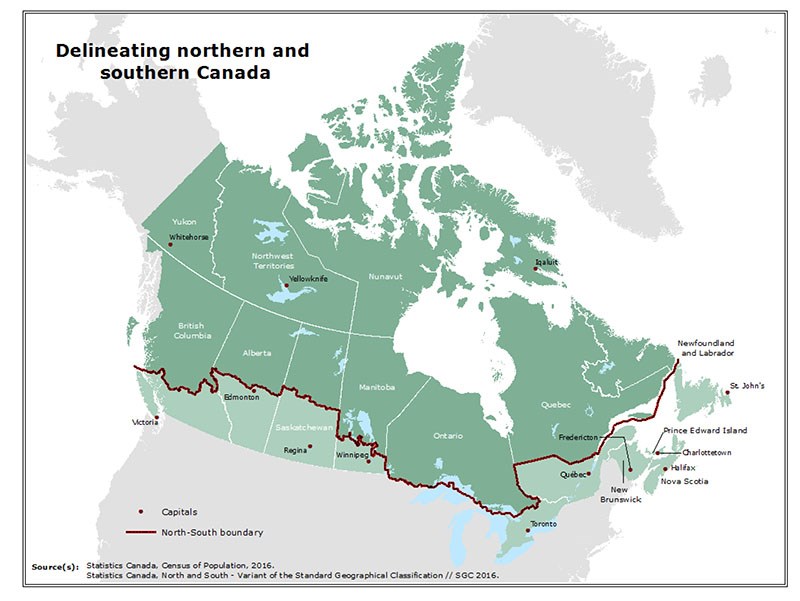Northern Manitoba has higher rates of violent crime against women and girls aged 24 and younger than all but one other part of Canada’s north, which has a violent crime rate about three times higher for young women and girls than the country’s south as whole.
That is among the information presented in a Statistics Canada Juristat study on police-reported violent crimes against young women and girls in Canada’s provincial north and territories, which was released July 4. For the purposes of the study, Northern Manitoba included all parts of the province from the southern shores of Lake Winnipeg and Lake Manitoba to the Nunavut boundary.
Northern Saskatchewan has the highest rate of violence against women aged 24 and under, with 13,886 victims per 100,000 people, while Northern Manitoba is second, with a rate of 9,025 victims per 100,000 people – just over nine victims for every hundred people. Both these Prairie provinces have higher rates than the most violent territory – the Northwest Territories, where there were 8,909 female victims of violent crime aged 24 and under in 2017.
Northern Manitoba’s rate of violent crime against women 24 and under was 4.9 times higher than in the province’s south, the second-highest gap for any province in included in the study (B.C., Alberta, Saskatchewan, Manitoba, Ontario, Quebec and Newfoundland and Labrador) behind only Saskatchewan. This is not a situation unique to young women, though. Northern Manitoba also consistently has higher violent crime rates for men and women of all age groups than both the south of the province and all three of Canada’s territories.
Northern Manitoba was unique in one respect however, since the urban area of Thompson had more violent crimes against women and girls under 24 (10,053 per 100,000 population) than the rural areas of Northern Manitoba, where the rate was 8,881 victims per 100,000 people. In other provinces, northern rural areas had higher victimization rates than northern urban areas, if any existed.
Northern women and girls aged 24 and under represented about seven per cent of the total young female population in Canada in 2017, but 17 per cent of the young female victims of crime. They were nearly three times as likely to be the victims of violent crimes than women under 25 years old in the south and nearly four times more likely than the Canadian population as a whole. They were about twice as likely as males under 25 in the north to be victims of violent crime and the rates of violent crime against young women and girls peaked around age 15 and continued to be consistently high until the age of 30, much later than for women in Canada’s south.
Northern women and girls under 25 were also more likely to have suffered a physical injury as a result of a violent crime and more likely to be victims of serious crimes like homicides and serious assaults. The people committing crimes against them were male in more than three-quarters of all cases and 44 per cent of the perpetrators were men five or more years older than the female victim. The study also indicates that spouses, boyfriends, acquaintances and family members were the perpetrators in 86 per cent of crimes and that female victims in the north were more likely to know, to be dating or to be related to their assailants than those in Canada’s south.
Young women in the north were more likely than the same age group in the south to report offences against them on the same day they occurred but also more likely to ask that no further action regarding criminal charges be taken in cases where an accused person was identified but not charged. One-quarter of such cases in Northern Manitoba did not result in charges being laid.




